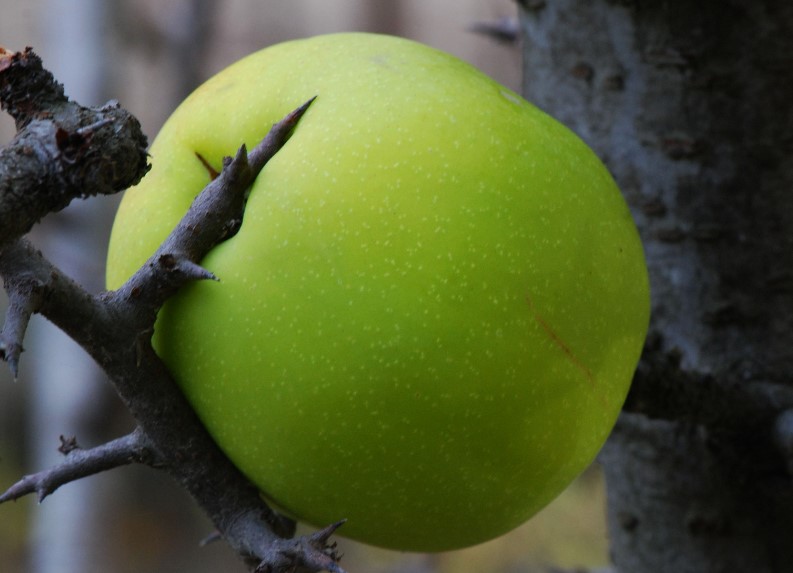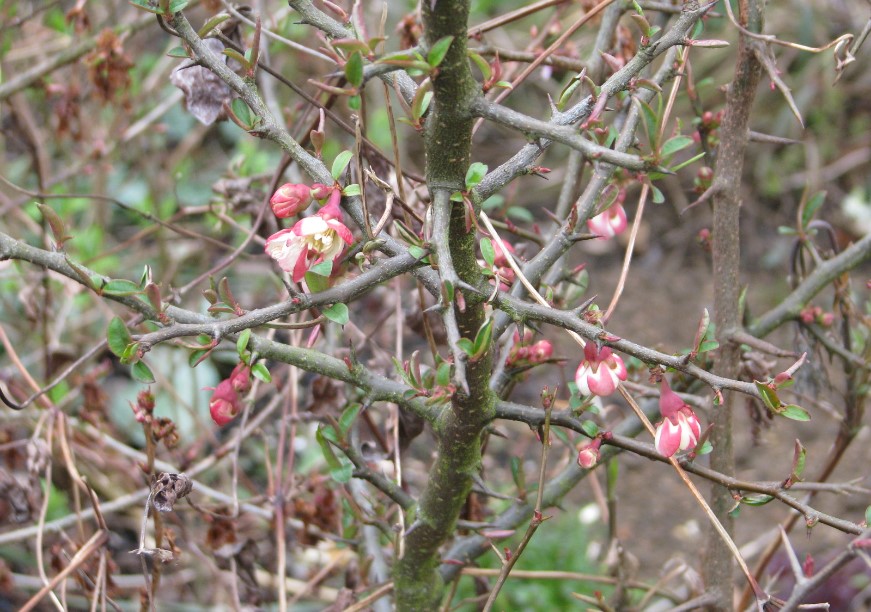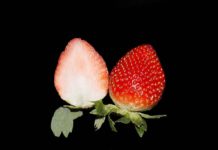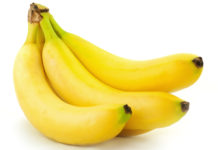History and origin: Cathay quince (Chaenomeles cathayensis) is a fruiting and medicinal tree native to central China. Among the flowering quinces, this is the largest and only one that resembles a tree.
An overview: Plants that are erect and grow to 6 meters (20 feet) high are usually less in cultivation. Spiky spurs and sparse branches characterize this plant. Flowers are 4 cm (1.5 in) across, white with pink flushes on occasion, forming clusters of three or four in early and mid-spring. The naturally occurring var. Wilsonii has salmon pink flowers.
In October, the fruits ripen to the color of brown, are large, and weigh on average 180 g/21 oz (occasionally 600 g/21 oz or more). They are oval, dull green, and hard, and are usually about 15 x 9cm (6 x 3.5 inches). Up to 120 seeds are contained in each fruit. They are wedge-shaped, have a pointed end, and are 10mm long (0.4in).
Its uses: There are tons of stone cells in the fruits; they are acidic, lemony, and fragrant. Enathicethyl and pelargonic-ethyl ethers are responsible for their pleasant aroma. Vitamin B1 and B2 are moderately abundant in fruits, as are fiber and vitamin C. In addition to being cooked, these fruits are also used for making desserts, jams, jellies, syrups, sauces, juices, soft drinks, wines, and liqueurs, as well as candied fruits. The lemony aroma and flavor contribute to the pleasant taste of the fruits. Drinks can be made with fruit slices as a substitute for lemon.
Aside from confectionery and perfumery, fruits are also used in the food and beverage industry. During processing, phenolics and vitamin C act as antioxidants and prevent the fruit from browning. Cool conditions allow fruits to last for at least two months. Crushed fruits can yield up to 60% juice by pressing them. Raw juice contains 10 times more antioxidant properties than apple juice, making it an excellent substitute for vinegar and lemon. Cut flowering shoots of plants last well when brought indoors and preserved.
If the Cathay quince is exposed, it will bear less fruit than if it is planted in a hedge. Chaenomeles are excellent bee plants because they provide pollen and nectar early in the year. In China, fruits are used medicinally for antiemetics, antirheumatics, antispasmodics, and digestives.

Cultivars/Varieties: No such thing exists. There are shrubby hybrids between Chaenomeles species.
Planting and cultivating: Any moderately fertile, well-drained soil is suitable for growing Cathay quince in the garden. The plant tolerates shade well, but flowering will be delayed and reduced if it is not in the sun. They tolerate atmospheric pollution and a wide range of soil types (although they can become chlorotic if the soil is extremely alkaline).
Cathay quince plants are fairly drought-tolerant once they have established themselves. Overcrowded branches need only be thinned out when plants are pruned. Seeds, cuttings, and layers are all methods of propagation. Stratification of seeds can be achieved by removing fresh seeds from fruit in autumn and sowing them in winter.
Three months of pre-stratification are required for dry seeds. Rodents shouldn’t be allowed to eat seeds. The flowering and fruiting of seed-grown plants take 3-5 years. The best time to take semi-ripe heel cuttings is between June and July, when the bottom temperature is 16 °C (60°F). The most successful cuttings are those over 20 cm/8 inches in diameter.
It is sometimes possible to succeed with hardwood cuttings. Place cuttings of mature wood from the current year’s growth in a cold frame in November. Plants should be layered in February or March. Once the new roots have established themselves, remove them from the ground the following winter.
Diseases and pests: Fireblight (Erwinia amylovora) can affect plants. Nevertheless, honey fungus is not a problem for plants of this species. Aphids, brown scale (Parthenolecanium corni), which can be removed with a soft cloth, and sawfly larvae of the pear and cherry slugworm (Caliroa cerasi) are some of the insects that hurt pears and cherries. The sawfly larvae can skeletonize the upper surface of leaves. It is rarely necessary to control any of these because none of them are very significant.
Species of similarity: There is a greater prevalence of C. japonica and C. speciosa in gardens, as well as hybrids of these two shrubs. Their fruits are sometimes grown for commercial purposes, and C. japonica has similar uses. Read More: Date Plum (Diospyros lotus)







